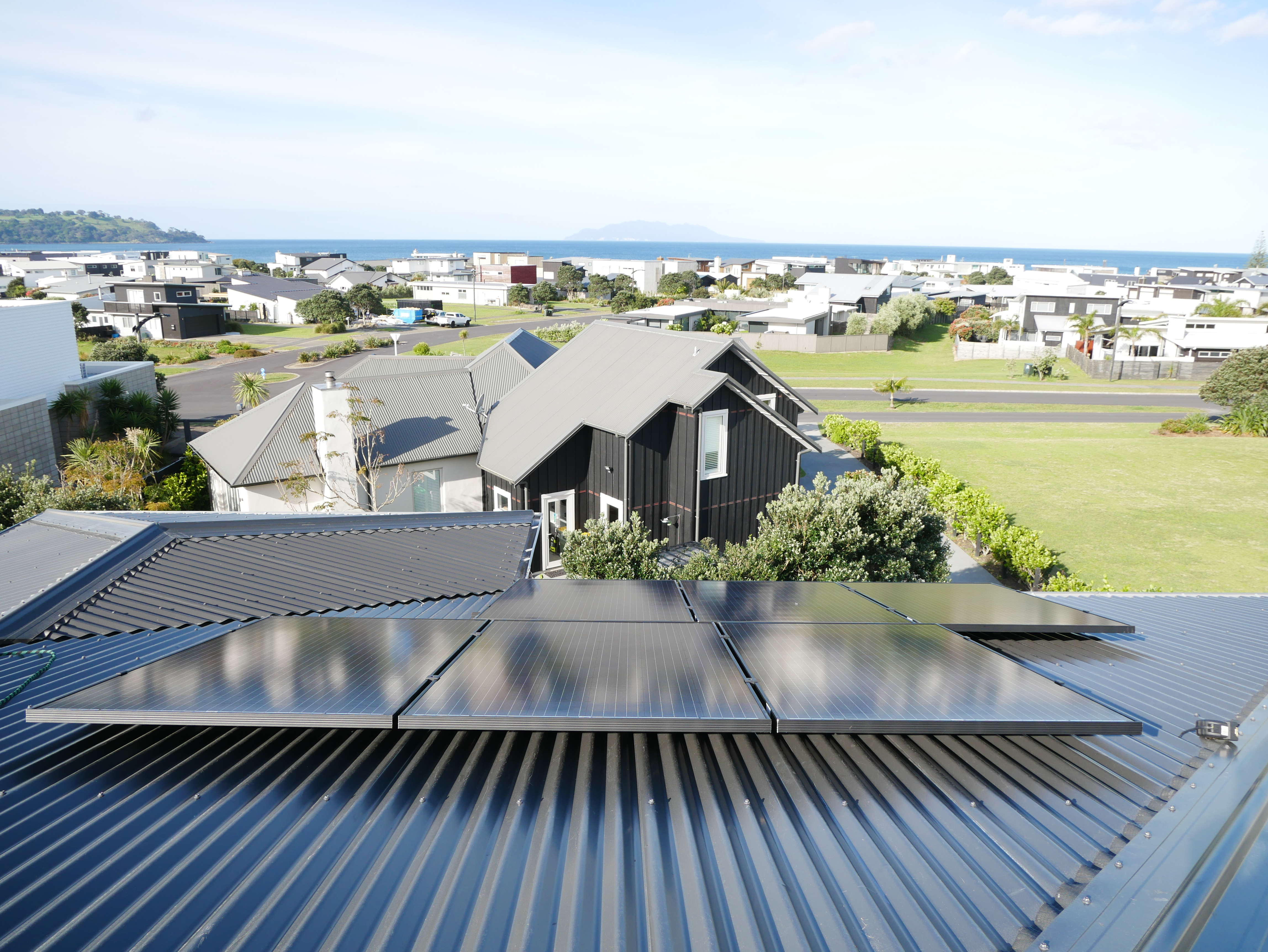Expert Reaction
These comments have been collated by the Science Media Centre to provide a variety of expert perspectives on this issue. Feel free to use these quotes in your stories. Views expressed are the personal opinions of the experts named. They do not represent the views of the SMC or any other organisation unless specifically stated.
Stella Nadine Steidl, PhD candidate in the Sustainable Energy Research Group, University of Canterbury
"Our research looked at how much green hydrogen New Zealand cities could produce by using the extra electricity from rooftop solar panels on our homes. We found that cities like Auckland and Christchurch have a large amount of untapped solar potential. During summer, when sunlight is strongest, rooftop solar systems often generate more electricity than households actually use.
“This extra electricity can be used in other ways, including producing green hydrogen, where a device called an electrolyser uses renewable electricity to split water into hydrogen and oxygen. In cities, electrolysers commonly look like compact, container-sized units, located close to existing infrastructure.
“This hydrogen can then be used within a region for things that are hard to electrify directly, such as industrial heat processes, long-term energy storage, or producing cleaner fuels and fertilisers. Our results show that even with reduced electrolyser operating hours, the observed summer surplus is still large enough to produce meaningful amounts of green hydrogen at reasonable costs.
“Right now, producing hydrogen this way is still relatively expensive. But if the costs of electrolysers and solar power keep falling, as global trends suggest, locally produced green hydrogen could become cost-competitive within the next decade. Our study shows that rooftop solar can do more than just power our homes. It also represents an opportunity to support Aotearoa’s move toward a cleaner and more renewable energy system.”



 New Zealand
New Zealand



